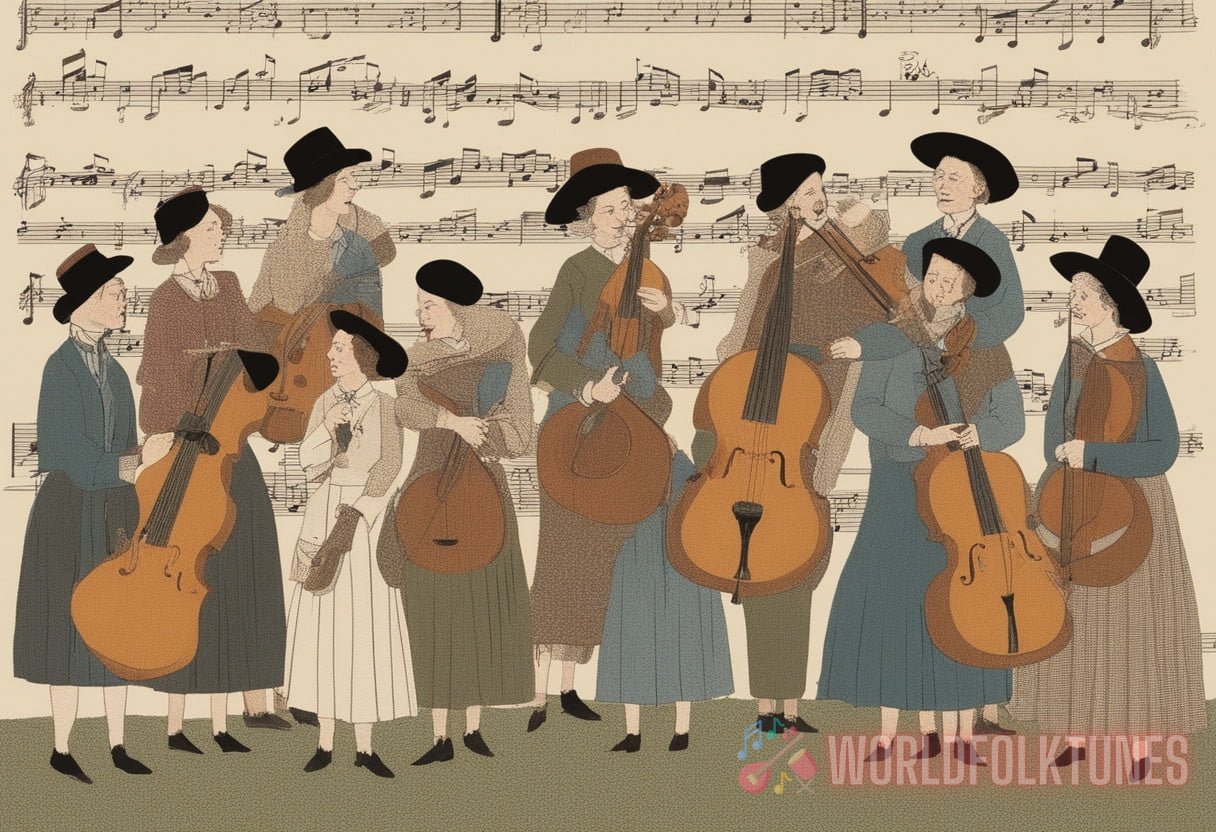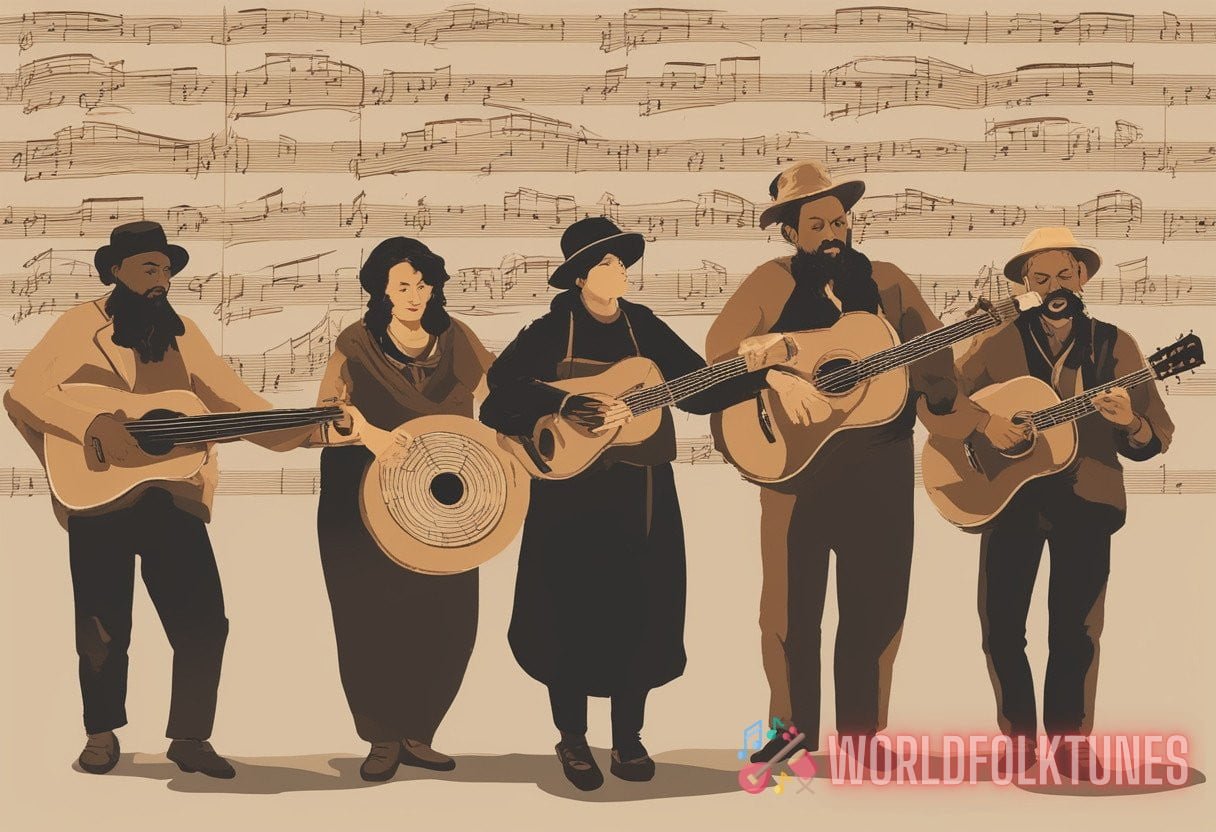Resilient Rhythms: A Scientific Inquiry into Folk Music’s Modern Adaptations and Cultural Continuity
Folk music, a genre rooted in the traditions and cultures of communities, has demonstrated an exceptional ability to evolve and adapt through the ages.
The Historical Context of Folk Music
Folk music is often perceived as the musical expression of a culture, passed down orally through generations. This form of music encompasses a variety of styles and is typically characterized by its simplicity and emotional depth.
- Origins: Many regions across the globe have their unique forms of folk music, deeply intertwined with local customs, events, and social values.
- Transmission: Traditionally, folk music is disseminated through communal gatherings and oral transmission, ensuring its preservation and continual adaptation.
- Instrumentation: Common instruments in folk music include the fiddle, banjo, accordion, and various percussion instruments, each adding to the genre’s distinctive sound.
Modern Adaptations: Technological and Cultural Integration
In the contemporary era, folk music has undergone significant transformations, facilitated by advancements in technology and shifts in cultural landscapes. The following sections explore the key factors influencing these changes.
Technological Influence
Technology has played a pivotal role in the evolution of folk music, primarily through the means of recording, distribution, and interaction. Today, artists utilize digital platforms to reach broader audiences, transcending geographical limitations.
- Recording Technology: Enhanced recording techniques have allowed for higher fidelity recordings, preserving the acoustic qualities of traditional folk instruments.
- Distribution Channels: Streaming services and social media platforms have democratized access to folk music, enabling both preservation and innovation.
- Interactive Platforms: Online forums and virtual collaboration tools have facilitated cross-cultural exchanges, enriching the folk music repertoire.
Cultural Integration and Continuity
Despite modern influences, folk music continues to serve as a cultural anchor, retaining its traditional core while incorporating new elements. The adaptive nature of folk music ensures its relevance through the following mechanisms:
- Fusion Genres: Integration of folk elements with contemporary genres like pop and jazz has given rise to new musical forms that appeal to diverse audiences.
- Global Collaborations: Musicians from different cultural backgrounds collaborate, thereby enriching folk traditions with a global perspective.
- Revival Movements: Periodic revival movements have played a critical role in reintroducing traditional folk music to newer generations.
Scientific Insights into Folk Music’s Resilience
The inherent resilience of folk music can be attributed to various scientific principles, from cognitive psychology to cultural anthropology. Understanding these principles provides a deeper comprehension of its adaptive capabilities and enduring appeal.
Cognitive and Emotional Engagement
Folk music’s simplicity and repetitive structures facilitate cognitive processing and emotional resonance. The following points elucidate this interaction:

- Memory and Recall: The repetitive nature of folk melodies aids memory retention, enabling music to be passed down orally.
- Emotional Connections: The narratives often embedded in folk songs evoke strong emotional responses, fostering a sense of identity and community.
For further insights into the intricate harmonies and evocative narratives of folk music, check out our article on Folk Harmonies.
Cultural Anthropology and Social Dynamics
Folk music’s role within social structures and cultural practices underscores its significance and adaptability. Key aspects include:
- Ritual and Ceremony: Folk music often accompanies rituals, ceremonies, and communal events, cementing its role in social cohesion.
- Adaptive Reuse: Traditional folk elements are frequently repurposed in modern contexts, ensuring continued relevance and resonance.
Case Studies of Folk Music’s Modern Adaptations
Several case studies illustrate the transformative journey of folk music in contemporary settings. These examples highlight the fusion of tradition and innovation:
Case Study 1: The Nordic Folk Revival
The Nordic countries have seen a resurgence in folk music, characterized by the integration of traditional instruments with electronic music. This fusion has birthed a unique soundscape, appealing to modern audiences while preserving cultural heritage.
- Instrumentation: Traditional instruments like the Hardanger fiddle are paired with electronic synthesizers.
- Artistic Collaboration: Musicians from varied backgrounds collaborate, bringing diversity in interpretation and performance.
Case Study 2: The American Folk Renaissance
In the United States, the 21st century has witnessed a revival of folk music, interlaced with elements of rock and indie genres. This phenomenon can be attributed to artists seeking authenticity and cultural roots.
- Fusion with Rock and Indie: Incorporating rock rhythms and indie aesthetics has broadened folk music’s appeal.
- Authenticity and Storytelling: Contemporary folk artists emphasize genuine storytelling, resonating with audiences’ desires for meaningful content.
For a deeper exploration of timeless influences and adaptations in folk music, visit our detailed review on Timeless Folk.
Conclusion: The Enduring Legacy of Folk Music
The evolving landscape of folk music demonstrates its dynamic resilience and cultural continuity. By embracing modern technologies, fostering global collaborations, and retaining its core emotional and social functions, folk music continues to thrive. This genre epitomizes the balance between tradition and innovation, ensuring its lasting relevance in the contemporary world.
As we embrace the future, the study of folk music’s adaptations and continuations will remain a rich field for scientific inquiry and cultural appreciation. The enduring legacy of folk music underscores the profound connections between music, memory, and identity across generations and geographies.


